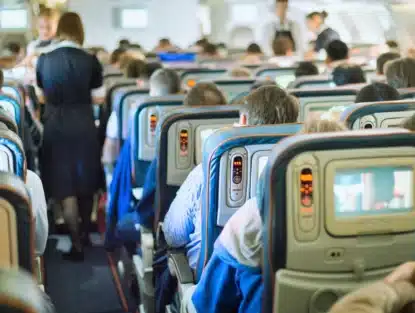Turbulence Causes a Wave of Injuries for Flight Attendants
13 Sep, 2016
By: Donald W Fohrman
While the number of passengers on a given flight almost always significantly exceeds the number of crew members, the Federal Aviation Administration (FAA) reports that more flight attendants have been injured due to turbulence over the past decade than passengers.The sheer nature of a commercial flight attendant’s job plays a significant role in his or her risk for injury caused by turbulence. Ensuring the safety of passengers, serving food and beverages, and providing other services that enhance the passenger experience often require flight attendants to be on their feet during times of extreme turbulence, which increases their vulnerability. Some of the more common injuries that flight attendants suffer due to severe or unexpected turbulence include:
- Slips and Falls: Although commercial aircraft is equipped with radar that can help detect storms and possible waves of turbulence, there is no technology currently available that is able to accurately predict air turbulence at this time. In many situations, air turbulence occurs unexpectedly and pilots are unable to warn flight attendants of the upcoming danger in time for them to return safely to their seats. If flight attendants are moving about the cabin when the disruption occurs, they are likely to become unstable on their feet which could result in slips or falls. Fractures, torn ligaments, and even head trauma are common.
- Injuries from Unsecured Items: Instability in the sky can result in a danger zone in the cabin of a commercial plane. Even when adequately warned, flight attendants often concentrate so intensely on the safety of their passengers that items like heavy food carts, overhead luggage, and other stray items are not properly secured in time. Flight attendants often suffer significant head, neck, and back injuries from being hit by these unsecured items during periods of turbulence.
- Injuries from Harsh Movement: Severe turbulence is often unpredictable and causes extreme movements of the commercial airplane, sudden drops in altitude, and harsh jolting inside the cabin. These jerking movements are often the cause of severe neck, back and head injuries for flight attendants.

